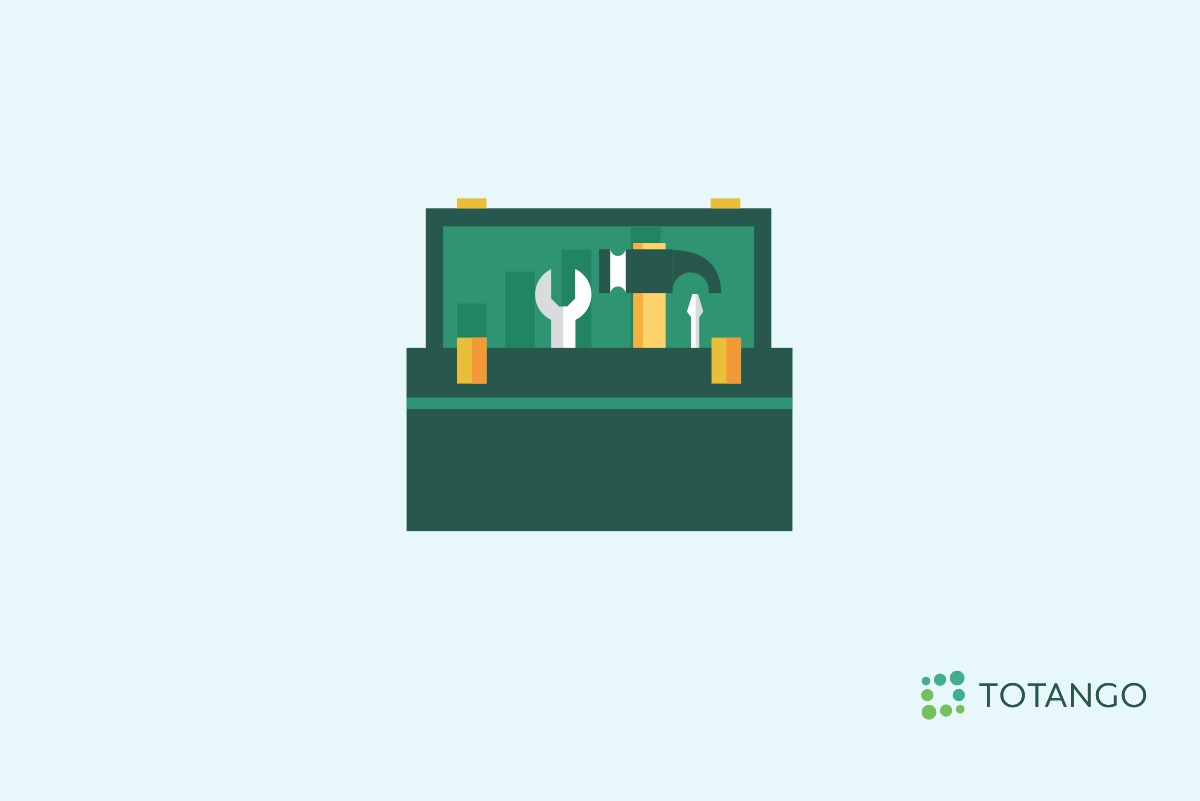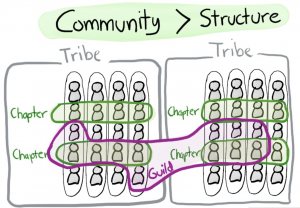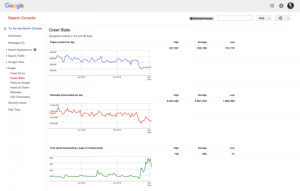
Attracting new customers is always cause for celebration, but in today’s customer-centric economy, it is not enough to bring in fresh faces. You need to justify your existence to customers at every step, including during onboarding. Once new customers are onboarded, you need to retain them. The real CS works starts post-customer acquisition. As an organization, you need to constantly ensure that customers’ desired outcomes and objectives are met, and that they’re getting something out of your product or service.
A high churn rate can tarnish your enterprise’s otherwise good reputation. And it’s nearly always more expensive to acquire new customers than to retain those you have. When a customer leaves, not only do you lose the recurring revenue they once provided, you also lose potential upsales. Your team will also have to spend extra time, money, and resources finding and converting more new leads, all while still making an effort to bring valuable lost customers back.
The first step to fixing a high churn rate is to learn its causes and how to address them.
What Causes a High Churn Rate?
Different customers leave for different reasons. It’s not possible to predict every cause of churn, but knowing the main types helps in fighting it. Common causes of churn include:
- Slow setup, slow TTV. Especially in the digital age, patience can be limited. The longer it takes, and the more effort it takes, for your customers to move through the onboarding process, the greater the risk of early abandonment. Even those who do not leave right away will have a slower time-to-value (TTV). They’ll also remember that first critical experience, and it may increase their inclination to leave later on when other issues arise.
- Poor onboarding. This is a crucial step that sets up the customer to succeed—and sets their expectations—by ensuring that their desired goals will be achievable with the proper configuration and use of the solution.
- Lack of standardized processes and automations. If your organization lacks a process to handle different customer segmentation situations such as tech-touch vs. high-touch, you can miss early warning signs of churn. Priority and Alerting Systems and other automations help get customers the right interaction at the right time.
- Poor or negative engagement. Negative interactions, bad experiences with products or services, and cookie-cutter engagement strategies are the quickest path to customer churn. Customer engagement and retention are inextricably linked. It only makes sense that happier customers are more likely to stay. Ensuring that their experiences with your staff and services are valuable is the key to maintaining that happiness.
Any one of these issues alone, if severe enough, could cause churn. However, it is often a combination of two or more that are to blame, and that can make remedying a high churn rate a little more complicated. Implementing just a few best practices can go a long way towards resolving the issue for good.
How to Reduce Churn and Increase Retention
Once you have identified where your problem areas are, it is time to formulate a plan for addressing each directly. Here are a few effective practices for dealing with each of the problems we outlined earlier:
- Optimize your onboarding process. Take a close look at your current process and find out where the bottlenecks are. Can anything be simplified or streamlined? Accelerating your time to value with a smooth onboarding process demonstrates to your customers right away that they have made the right choice in choosing to work with your enterprise, thus preventing early departures and lessening the likelihood of churn farther down the road.
- Revise your engagement strategy. This needs to be more than just evaluating what you are doing today and personalizing emails. Your customers should get regular updates about new features, customer training webinars, how-to videos/guides, and check-ins to make sure their organizational goals are still the same and that your teams are aligned with those goals. Have a plan and process for engaging after specific events like a change in leadership, negative NPS, CSAT, Review, or escalations.
- Streamline your customer success workflow. In many cases, the first step to increasing customer success is actually an internal one. An inefficient team workflow can create all sorts of unnecessary difficulties, including communication problems, contradictory strategies, duplicated tasks, and more. Optimizing that workflow means creating standard flows for repeatable and scalable purposes. Make sure that everyone on your team is equipped to handle different situations, and that they know the next steps or who to involve. This can also reduce blind spots, as providing every team member with clear sets of responsibilities and orders of operation minimizes the chances of missing important information.
- Track customer behavior effectively. Customer data means nothing if you do nothing with it. Keeping an eye on important data points and recognizing patterns is key to taking proactive action to prevent churn. It is far easier, after all, to convince someone to stay if they have not already decided to leave. Even better is being able to predict not only what will prevent dissatisfaction, but what will actively promote satisfaction to keep churn from ever becoming an issue in the first place.
- Establish milestones and celebrate when customers reach them.
Whatever approaches are taken, reducing a high churn rate will take time, patience, and effort. You can, however, minimize how much time and effort will be needed by utilizing the right customer success solution.
Proactive Steps to Prevent Churn and Keep Retention Rising
Different strategies will be needed in each individual case to prevent churn and build a positive, mutually-beneficial long-term relationship. An adaptable system that can support both the overarching goals and strategies of your team as well as individual customer needs is critical to preventing churn and promoting retention.
The right customer success software will
- Provide your team with a scalable, customizable platform that facilitates communication and data-sharing
- Streamline internal processes and optimize workflows.
- Provide a clear view of what trends may be leading where, and what to do about them
While churn can never be eliminated, there are steps you can take to minimize it.
At Totango, we know a thing or two about fixing high churn rates. Learn more about how our software can help your team reduce churn, improve retention, and strategize for success. Create a free trial account to get started today.
Business & Finance Articles on Business 2 Community
(74)







